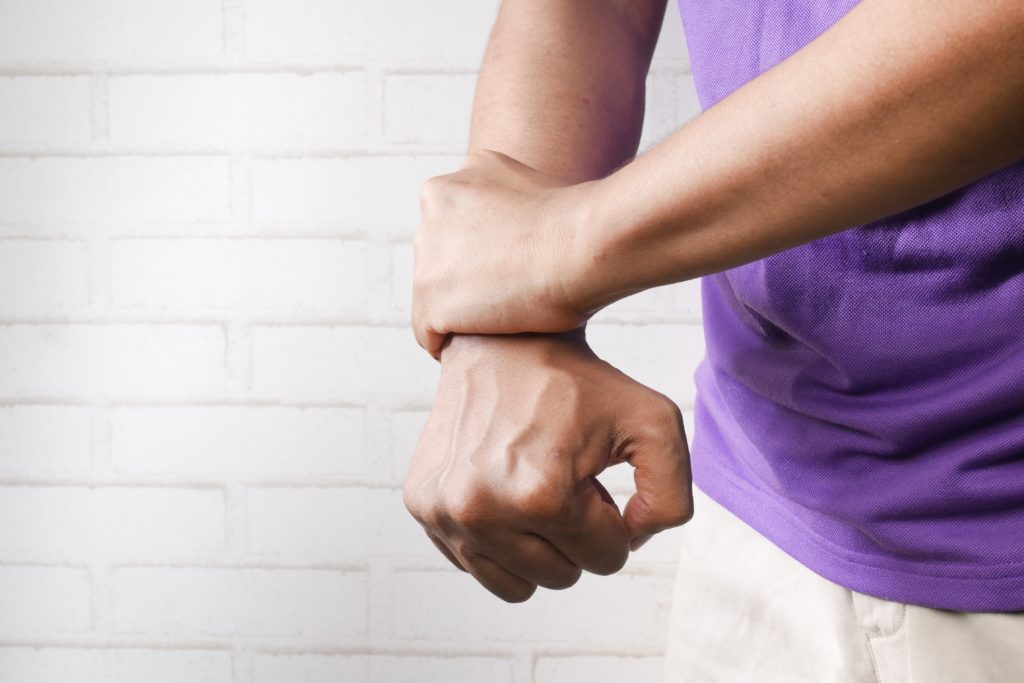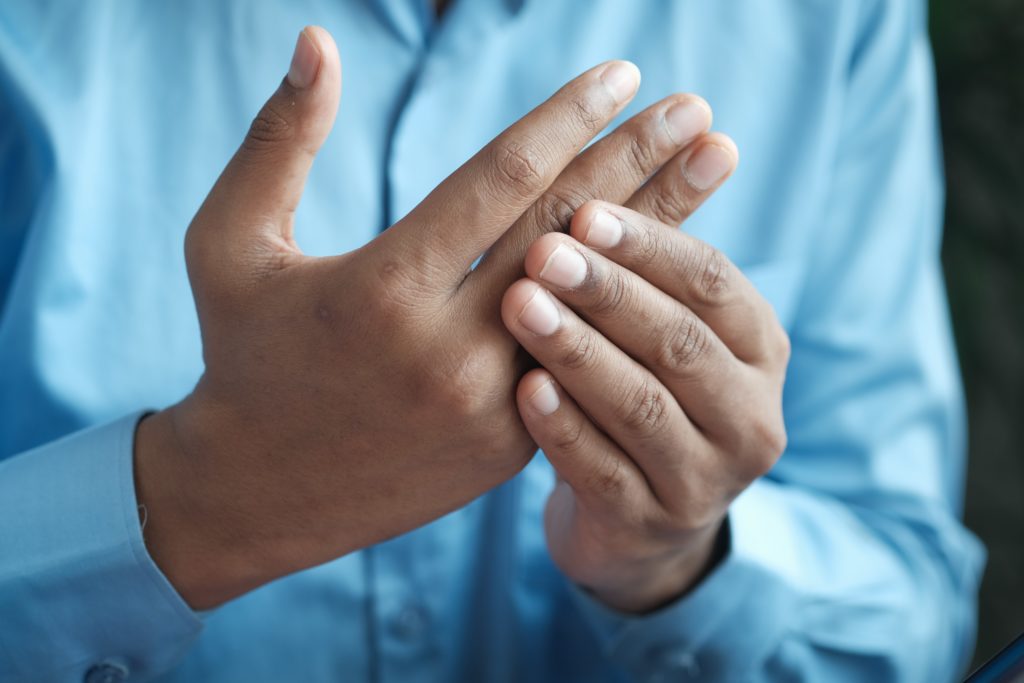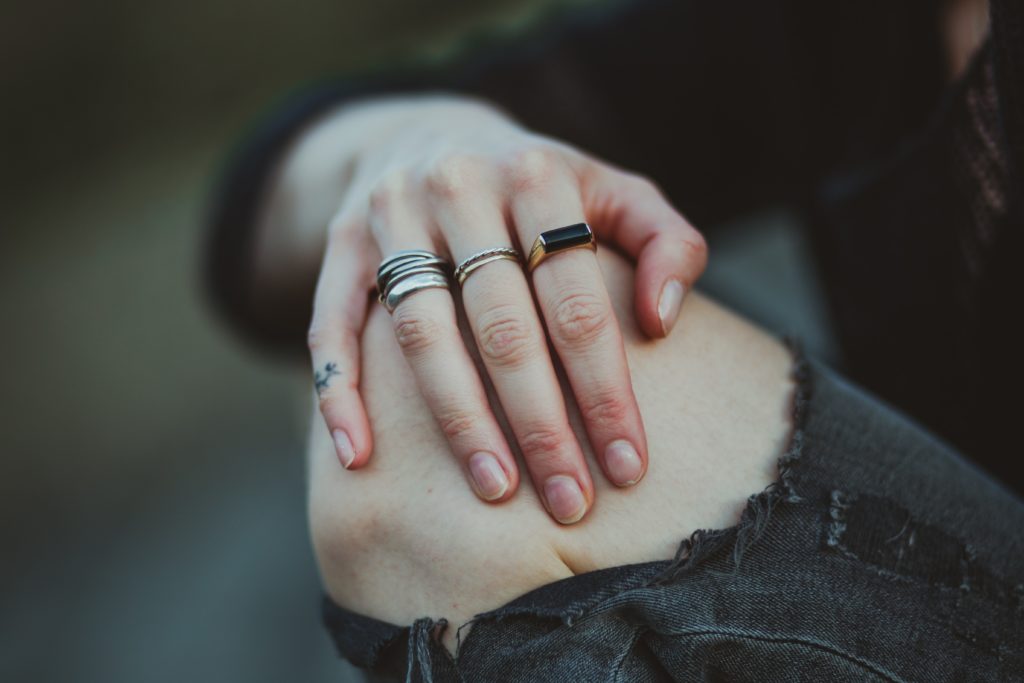Baker’s cysts are a common occurrence for many people, but what causes them? In this article, we will discuss the most common causes of baker’s cysts. We will also provide information on how to treat them and prevent them from occurring in the future. Read on to learn more!
Baker’s cysts are fluid-filled sacs that form in the back of the knee. They are often painless and cause no symptoms. However, they can sometimes rupture and cause knee pain and swelling. Baker’s cysts are common in both children and adults. Baker’s cyst is also named popliteal cyst.
The most common cause of baker’s cysts is arthritis. Arthritis is a condition that causes inflammation in the joints. This can lead to the formation of baker’s cysts. Other conditions that can cause baker’s cysts include:

The underlying mechanism for the development of Baker’s cysts is thought to be due to an imbalance in the production and absorption of synovial fluid. Synovial fluid is a clear, viscous fluid that lubricates the joints. It helps reduce friction between the bones and allows for smooth movement of the joints. When there is an imbalance in the production and absorption of excess fluid, it can lead to an accumulation of fluid in the joint, which can eventually form a baker’s cyst.
Osteoarthritis is a leading cause of baker’s cysts. Osteoarthritis is a degenerative joint condition caused by the breakdown of the cartilage that cushions the joints. This can lead to inflammation, severe pain, knee swelling, and stiffness in the joints.
Knee rheumatoid arthritis is another type of arthritis that can cause popliteal cysts. Rheumatoid arthritis is an autoimmune disease that causes the immune system to attack the joints. This can cause joint inflammation, discomfort, and stiffness.
Septic arthritis is an infection of the joints that can cause baker’s cysts. Septic arthritis is usually caused by bacteria or viruses. It can cause inflammation, pain, and stiffness in the joints.
It is a kind of arthritis that affects persons who have psoriasis. Psoriasis is a condition that causes red, scaly patches on the skin. People with psoriasis are at increased risk for developing baker’s cysts.
Juvenile arthritis is a type of arthritis that occurs in children. It can cause inflammation, pain, and stiffness in the joints.
Gout is a type of arthritis that occurs when there is an accumulation of uric acid in the joints. This can lead to inflammation, pain, and stiffness in the joints.
Fibromyalgia is a condition that causes pain and stiffness in the muscles and joints. People with fibromyalgia are at increased risk for developing baker’s cysts.

Lupus is an autoimmune disease that can cause baker’s cysts. Lupus causes the body’s immune system to attack healthy tissue. This can lead to inflammation, pain, and stiffness in the joints.
The meniscus is a C-shaped piece of cartilage that sits between the bones in the knee. Meniscus damage can occur due to injury or degeneration. Meniscus damage can lead to the formation of baker’s cysts.
Baker’s cysts are often treated with over-the-counter anti-inflammatory medications such as ibuprofen or naproxen. If these medications do not relieve the symptoms, your doctor may prescribe stronger medications. In some cases, surgery may be necessary to remove the Baker’s cyst. If the cyst is small, comparing the affected knee to the normal knee can be helpful.
There are several things you can do to prevent baker’s cysts from occurring:
If you have arthritis, there are several things you can do to prevent baker’s cysts from occurring:
Your doctor will ask about your symptoms and medical history. He or she will also examine your joints for signs of inflammation, pain, and stiffness. X-rays may be ordered to check for osteoarthritis or other joint damage. An MRI may be ordered to check for baker’s cysts. A sample of fluid from the cyst may be taken for testing (aspiration). This can help rule out infection or other causes of the Baker’s cyst.
Baker’s cysts are often benign and do not require treatment. However, if you have a Baker’s cyst that is causing pain or interfering with your activities, there are several treatment options available.
You should see a doctor if you have any of the following symptoms:
These symptoms may be indicative of a baker’s cyst or another condition. A doctor can diagnose a baker’s cyst with a physical examination and imaging tests. Treatment will depend on the underlying cause.

Over-the-counter anti-inflammatory medications such as ibuprofen or naproxen can help reduce the pain and inflammation associated with baker’s cysts. If these medications do not relieve the symptoms, your doctor may prescribe stronger medications.
In some cases, surgery may be necessary to remove the Baker’s cyst. This is typically only done if the Baker’s cyst is large and causing pain or if it has ruptured.
In some cases, surgery may be necessary to remove the Baker’s cyst. One type of surgery that can be used is arthroscopic cyst removal surgery. This type of surgery is minimally invasive and can be done on an outpatient basis. During the procedure, a small camera is inserted into the knee through a small incision. The surgeon then uses special instruments to remove Baker’s cyst.
After arthroscopic cyst removal surgery, you will likely need to use crutches for a few days. You may also need to wear a knee brace. Physical therapy may be recommended to help you regain strength and range of motion in your knee. Most people recover from this type of surgery within a few weeks.
Articles You Might Enjoy Reading